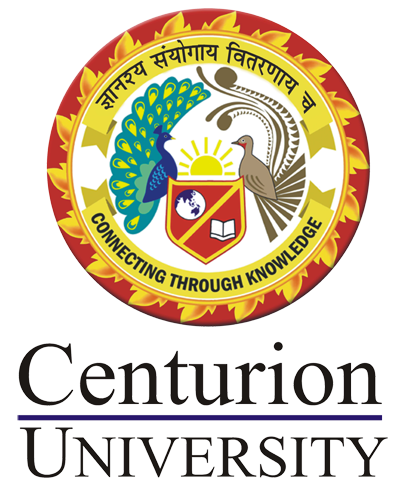SYLLABUS
Module I: Introduction to Cellular System
Overview of the cell, cell theory, and types of cells
Structure and functions of cell organelles (nucleus, mitochondria, ribosomes, etc.)
Structure and function of the cell membrane
Membrane transport mechanisms (passive and active transport)
Origin of cell membrane potential: Nernst and Goldman equations
Action potential and signal transmission
Module II: Haematological System
Composition and functions of blood
Red blood cells: structure and function
White blood cells: types and functions
Platelets and their role in clotting
Blood groups and their clinical significance
Blood flow dynamics (viscosity, radius, density, Poiseuille’s Law, Fahraeus-Lindqvist effect)
Module III: Renal and Respiratory System
Structure and function of kidneys and nephrons
Urine formation: filtration, reabsorption, and secretion
Acid-base regulation and role of kidneys
Structure of the respiratory system
Mechanism of breathing and gas exchange
Transport of oxygen and carbon dioxide; respiratory acid-base regulation
Module IV: Cardiac System
Anatomy of the heart
Properties of cardiac muscle and conduction system
Cardiac cycle and heart sounds
ECG and interpretation of basic waveforms
Regulation of cardiac output and blood pressure
Heart rate control and reflex regulation
Module V: Sensory System
Structure and function of neurons
Synaptic transmission and types of synapses
Action potentials in neurons
EEG and brain function localization
Autonomic nervous system: structure and function
Special senses: eye, ear, auditory and visual pathways
Textbook:
Elaine N. Marieb, Essentials of Human Anatomy and Physiology, 8th edition, Pearson Education, 2007
References:
W. F. Ganong, Review of Medical Physiology, 2nd Edition, McGraw Hill, 2000
Prof. A. K. Jain, Textbook of Physiology, 3rd Edition, Volumes I and II, Avichal Publishing, 2005

